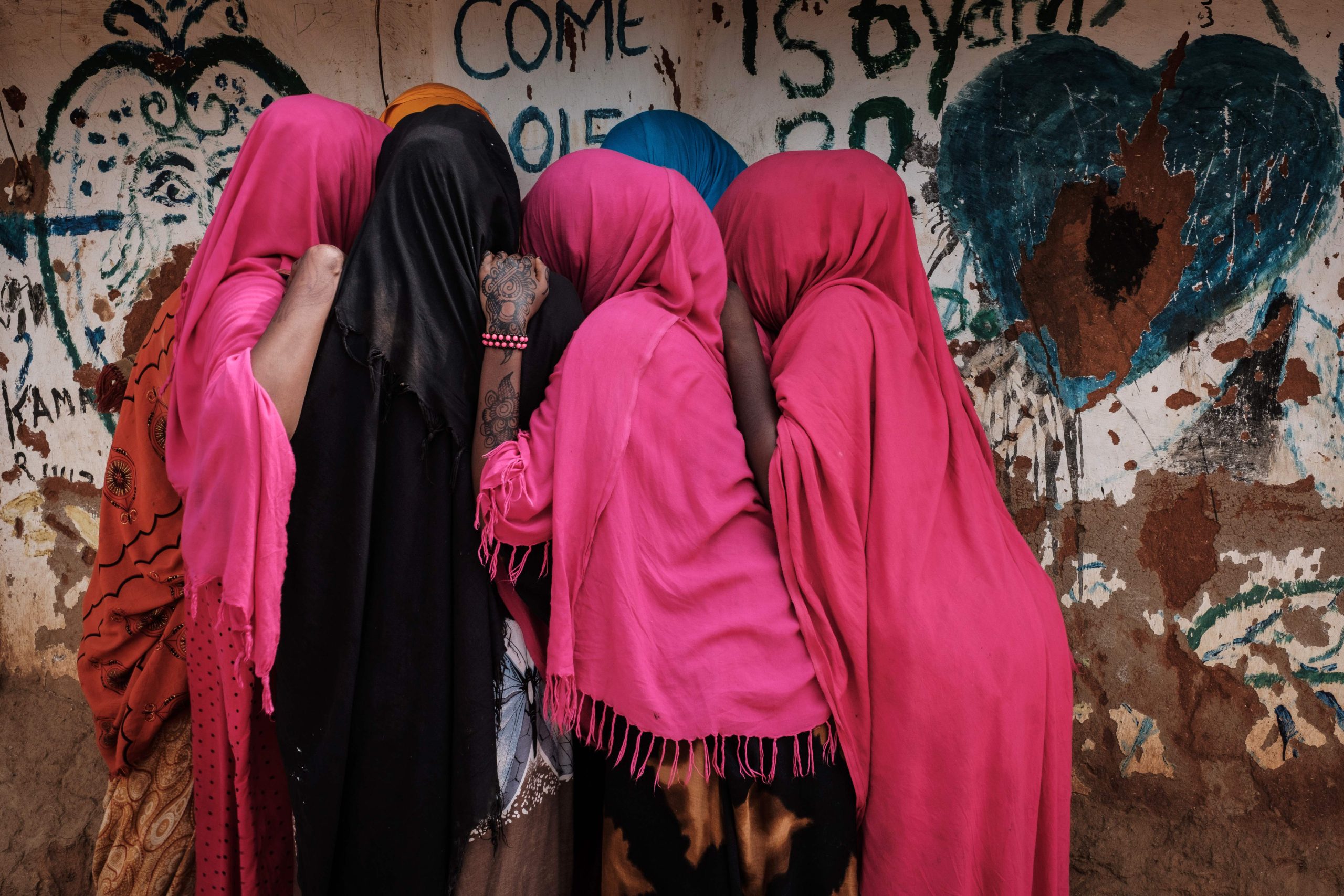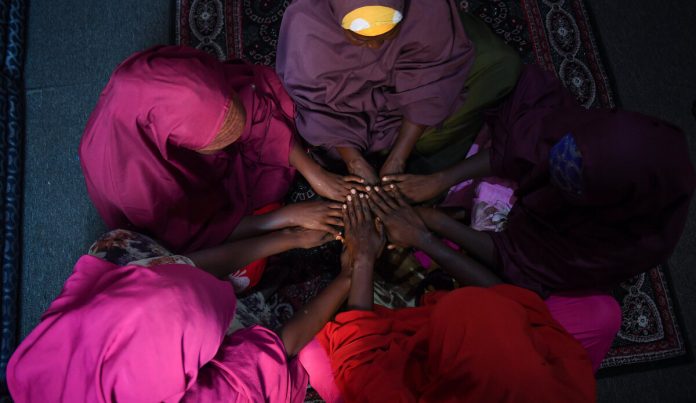Somali Magazine – In a significant move to address the long-standing issue of trauma in Somalia from decades of conflict, a new plan has been unveiled. The program aims to tackle the widespread psychological distress that has been a part of the Somali experience for over 30 years.
Trauma and grief are deeply ingrained in the Somali psyche, a consequence of more than three decades of war, terrorism, disaster, and shared distress. The pain of loss is a string that binds most Somali families, regardless of where they reside. A preliminary study by the UN, the health ministry, and the national university has found that 76% of Somalis have experienced psychological disorders.
The new plan seeks to shift the narrative of shared distress towards a community-wide trauma-aware lens. It aims to replace the traditional approach of over-medicalising individual disorders and pathologising feelings and emotions to focus on this group with shard trauma. The focus is on addressing the need for social healing, which is seen as exceedingly important for achieving long-term recovery, stability, and security in the region.
The trauma levels in Somalia are high, with collective and intergenerational pain present at many levels of society. This pain even manifests in Somali communities abroad, as seen in the incarceration rates of Somali youth in Canada and the suicide rates of young Somali men across Europe.
Despite the significant impact on individuals, families, and society, the long-term effects of trauma on the collective psyche have largely been ignored. For example, there exists very different mindsets between African Americans steming from slavery and Africans steming from colonization because of the very differnt kinds of collective trauma. These “invisible wounds” prevent people from engaging in recovery, reconciliation, and civic engagement initiatives.
The new plan represents a new chapter in Somali history. It is a step towards acknowledging and addressing the widespread trauma that has been a part of the Somali experience for so long. The hope is that this initiative will pave the way for healing and recovery, leading to a more stable and secure future for Somalia.


